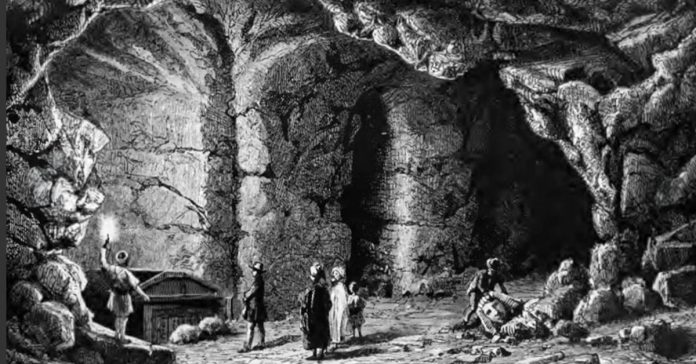Beneath the sands of Saqqara, near ancient Memphis, lies the Serapeum, a maze of tunnels housing 24 massive stone sarcophagi, each carved from granite, some weighing up to 70 tons with 30-ton lids. Ancient Egyptians constructed them to entomb sacred Apis bulls from Egypt’s Late Period (circa 664 BCE) to the Ptolemaic era (circa 30 BCE). A simple question puzzled archaeologists about these chambers: how did they lower such colossal boxes into their tight, sunken recesses? The answer, first alluded to by Auguste Mariette in 1857, points to an ingenious use of sand.
First let’s Cut the Bull
Some alternative history theorists claim the Apis bull cult at Saqqara’s Serapeum is a myth “no bulls, no proof”. The facts say otherwise. Since Auguste Mariette’s 1851 excavation, 24 massive stone sarcophagi have been uncovered in underground galleries, and seven contained Apis bull remains. In the Greater Vaults, Mariette found a mummified bull & bones. Logged in his 1857 report vaults yielded skeletal remains embalming resin, and skull fragments (pg. 11). Auguste Mariette noted in his 1856 report (p.8-9) that he found an intact bull mummy. These observations aren’t guesses, as bones were discovered.
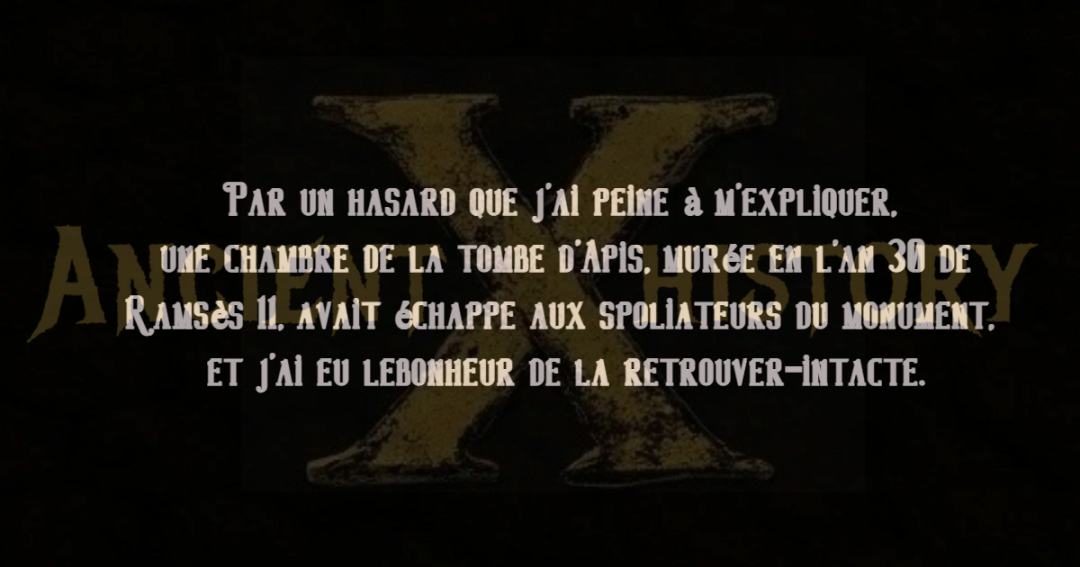
“By a chance that I find difficult to explain, a chamber of the tomb of Apis, walled up in the year 30 of Ramses II, had escaped the plunderers of the monument, and I had the fortune to find it intact.” Auguste Mariette, “Choix de Monuments” 1856
Sarcophagi Bull Robbing
Seventeen Sarcophagi were empty, some with lids ajar or shifted. In Le Sérapéum de Memphis (1857), Auguste Mariette noted signs of disturbance, broken pottery, scattered debris, and missing contents. Suggesting thieves got to them after burial, targeting bull amulets and scarabs like those found in other Sarcophagi.
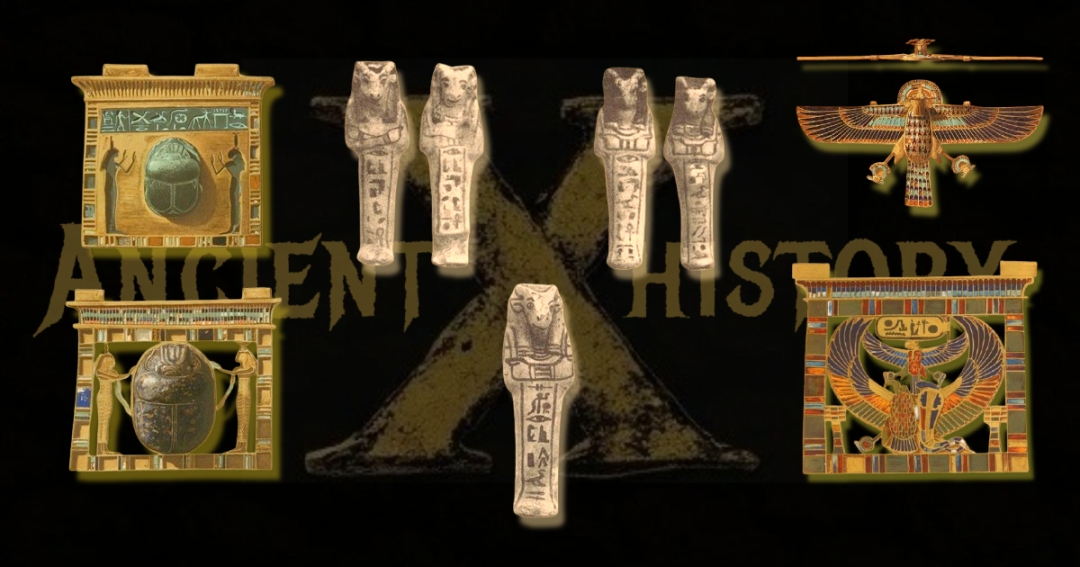
Saqqara Security in Decline
The Serapeum’s tunnels weren’t sealed tight post-Ptolemaic era; by Roman times (after 30 BCE), Strabo’s account (Geography, XVII.1.31) implies access was lax, and later centuries saw collapse and exposure. Robbers likely entered between 300 BCE and the Islamic period (7th century CE), when tomb raiding spiked across Egypt.
Saqqara Stelae & Papyri
The cult’s not just bones, it’s written in plain sight. There are stelae for each Sarcophagi. Ramses II (1279–1213 BCE), had at least two bulls interred (pg. 15) On inscription reads:
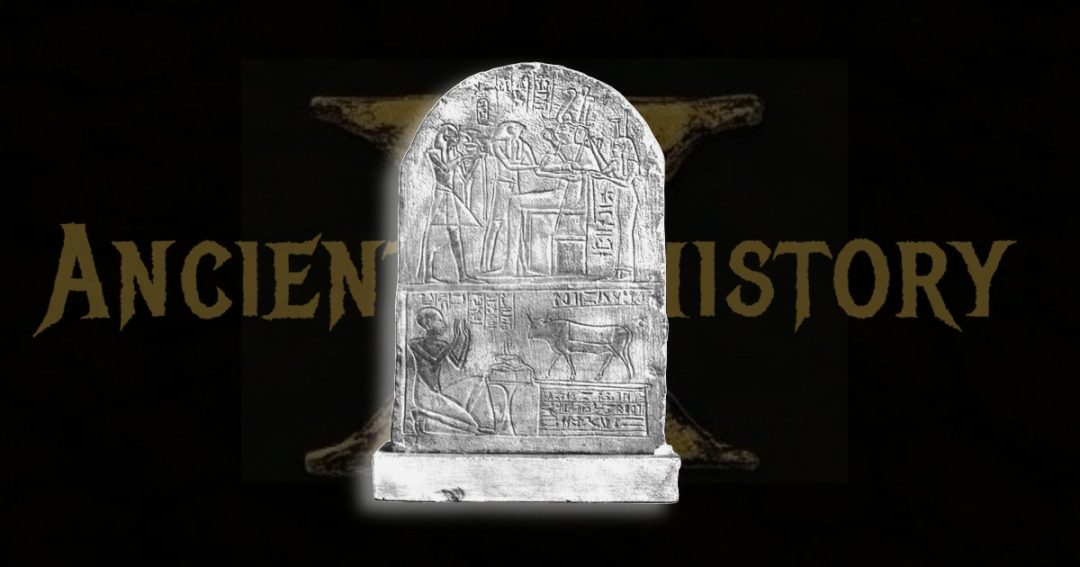
“In the year of King Ramses, on the day of the arrival of the Holiness of Apis in the land of Khebi to settle in the sanctuary beside Anubis.”
Over 60 stelae from the Serapeum, now split between the Louvre, Cairo Museum, and British Museum, log bull deaths, burials, and rituals from the 18th Dynasty (1550 BCE) to Roman times. These stelae were once held in walls of Niches in the Serapeum.
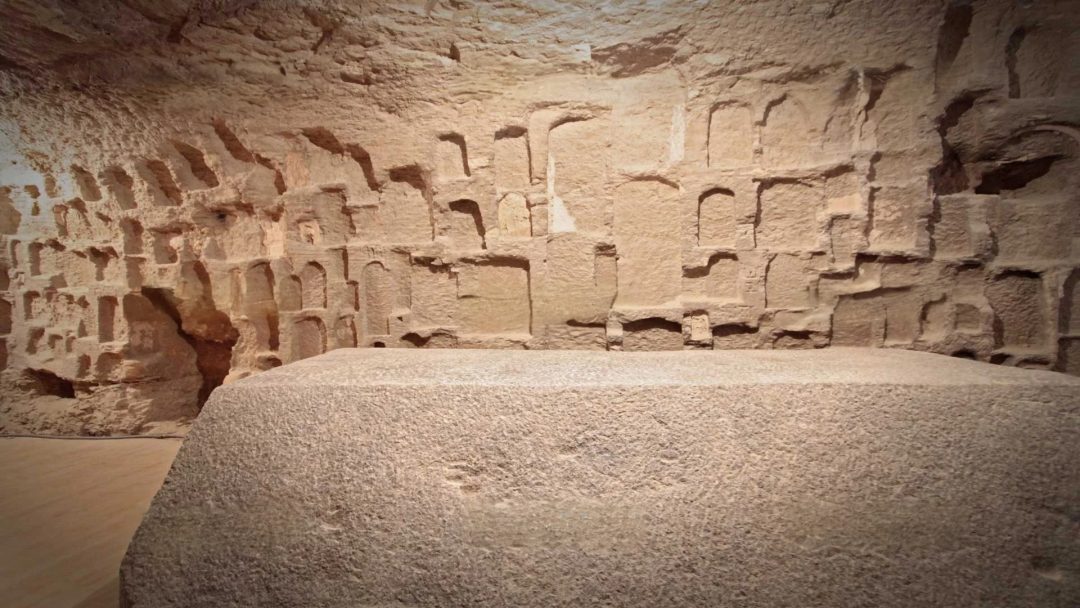
Papyrus “Apis Embalming Ritual” (P. Vienna KM 3873) Contains detailed instructions on how to embalm the Apis bull. This has been translated into English by R. L. Vos, ” The Apis Embalming Ritual: P. Vindob. 3873. This doesn’t come from folklore; people have etched this legacy in stone and ink.
Back to the Serapeum
Mariette, a French archaeologist, unearthed the Serapeum after deciphering Strabo “Geographica 7 BCE” hinting at its location. Excavating the main galleries, he accessed the sarcophagi’ inside ‘s chambers, their floors 2–3 meters below the hallway level, set into bedrock niches cut to fit each box precisely; about 1 meter deep. But the vertical drop stumped him until he examined a partially lowered sarcophagus resting atop sand (pg. 17). Clearing the sand beneath it, he saw it settle smoothly. Workers likely slid the sarcophagi in level with the gallery floor, then dug out the sand from side niches, lowering them into place.
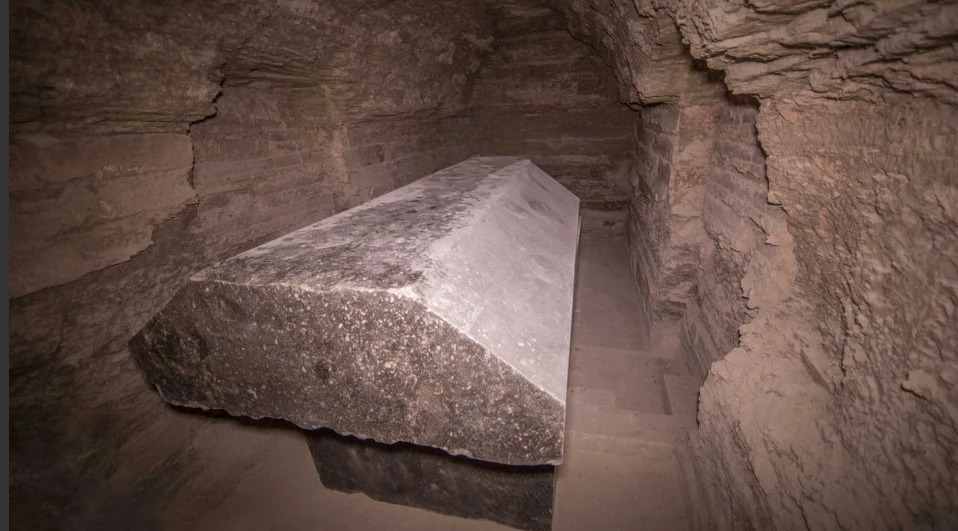
Natures Industrial Swiss Knife
The technique hinges on sand’s properties: it supports weight when packed, flows when disturbed, and cushions heavy loads. Mariette tested this on-site, noting how sand removal controlled the descent without damaging the sarcophagi’s polished surfaces. Modern experiments by Roger Hopkins and Mark Lehner in a 1999 Obelisk drop proved this. No ropes or levers could manage 70 tons in such cramped tunnels, sand was the practical fix, leveraging gravity and manpower.
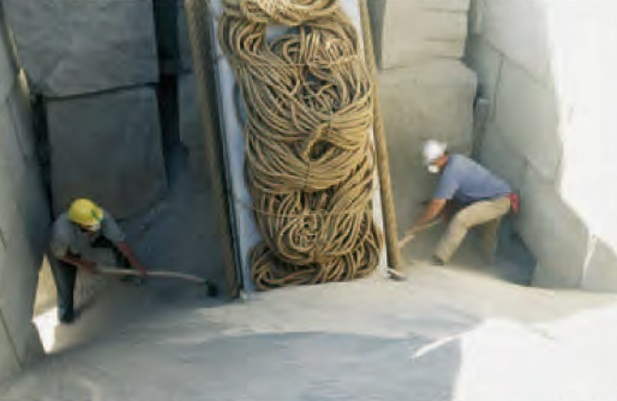
It has also been noted that the level of the gallery floor is the same height as the top level of each sarcophagus. Science against Myth have proposed this was in order slide the lids onto their bottom’s halves, which i agree. And they have taken the same historical path to theorize the movement and lowering of the sarcophagi. They also note that Mariette found “winches and rollers” to further their simulation.
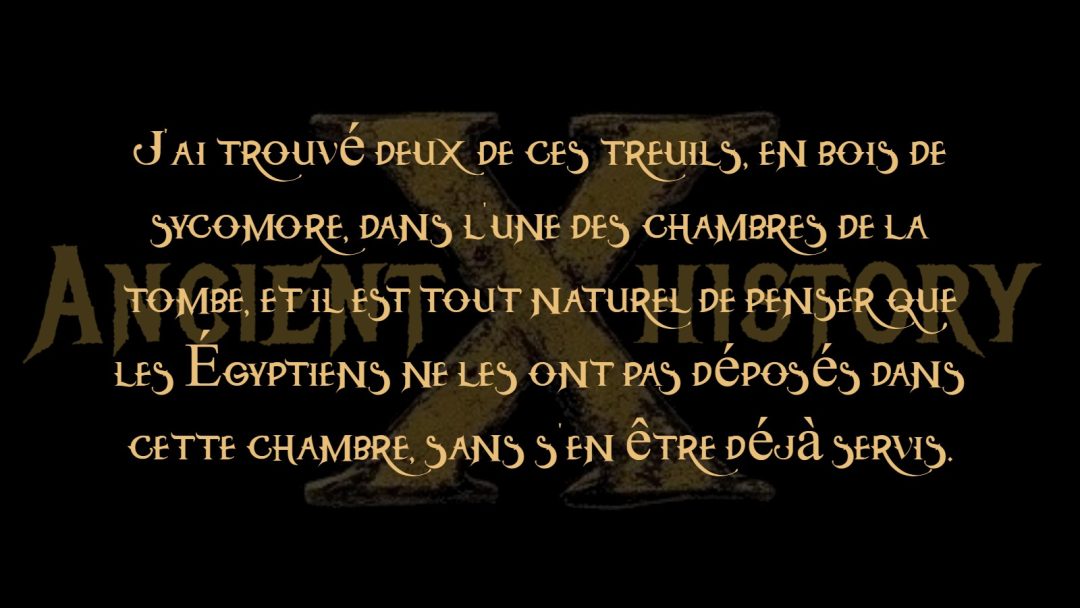
“I found two of these winches, made of sycamore wood, in one of the chambers of the tomb, and it is only natural to think that the Egyptians did not place them in this chamber without having already used them.” ~Le Sérapéum de Memphis 1882
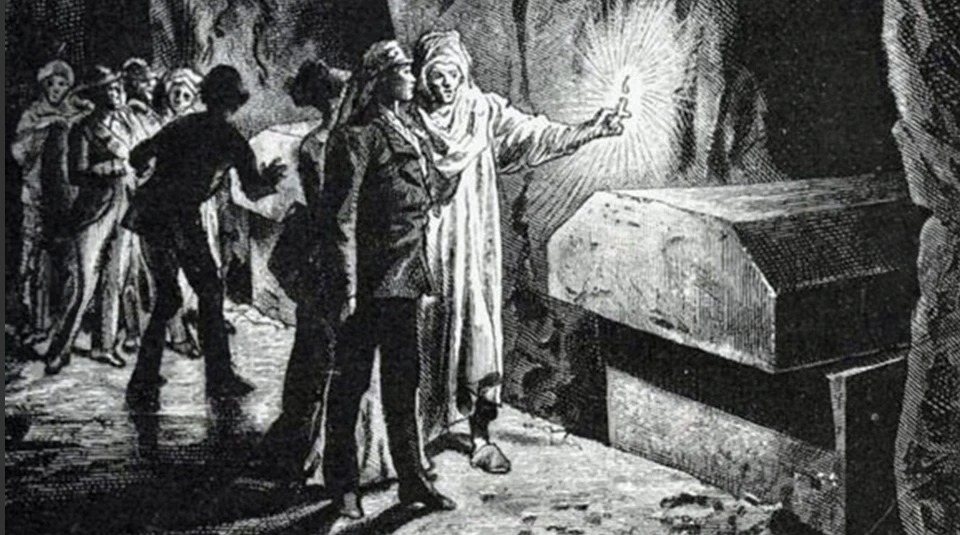
Serapeum Method Proven
Modern replications root this sand-lowering hypothesis, making it more than mere speculation. Mariette’s firsthand account, and the chambers physical layout, add to the evidence. The Serapeum’s sarcophagi, some 4 meters long and 3 meters high, fit their niches too snugly for any other method in a pre-industrial age. While the Apis bulls’ burial rites remain sacred mysteries, the mechanics of their tombs reveal a stark ingenuity: sand, not magic, placed these giants underground, a testament to Egyptian engineering 2,500 years ago.
Sarcophagi Magnificence Not Denied
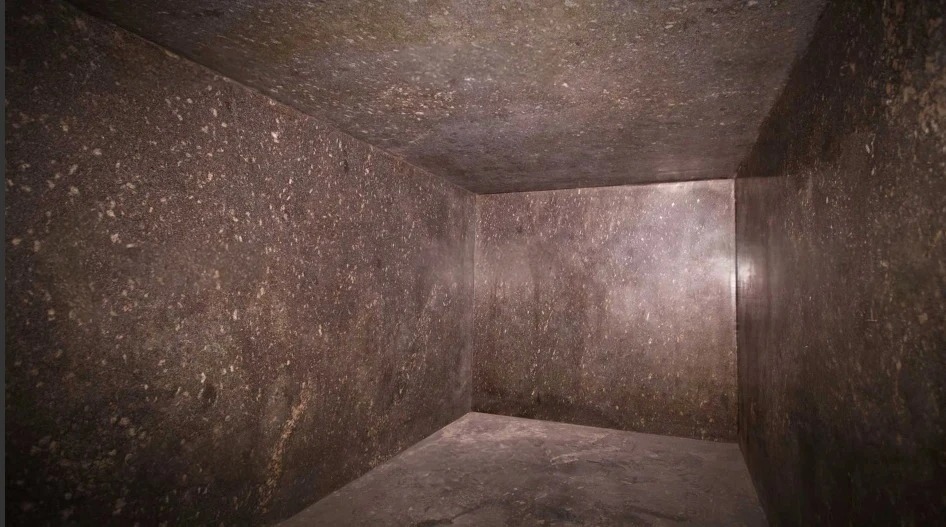
This article in no way aims to discount or ignore the sheer magnitude and precision of these sarcophagi. Modern people solve the mysteries of ancient techniques, by using resource material, applying common sense and conducting replication. Stay tuned for future articles here at AncientHistoryX.

